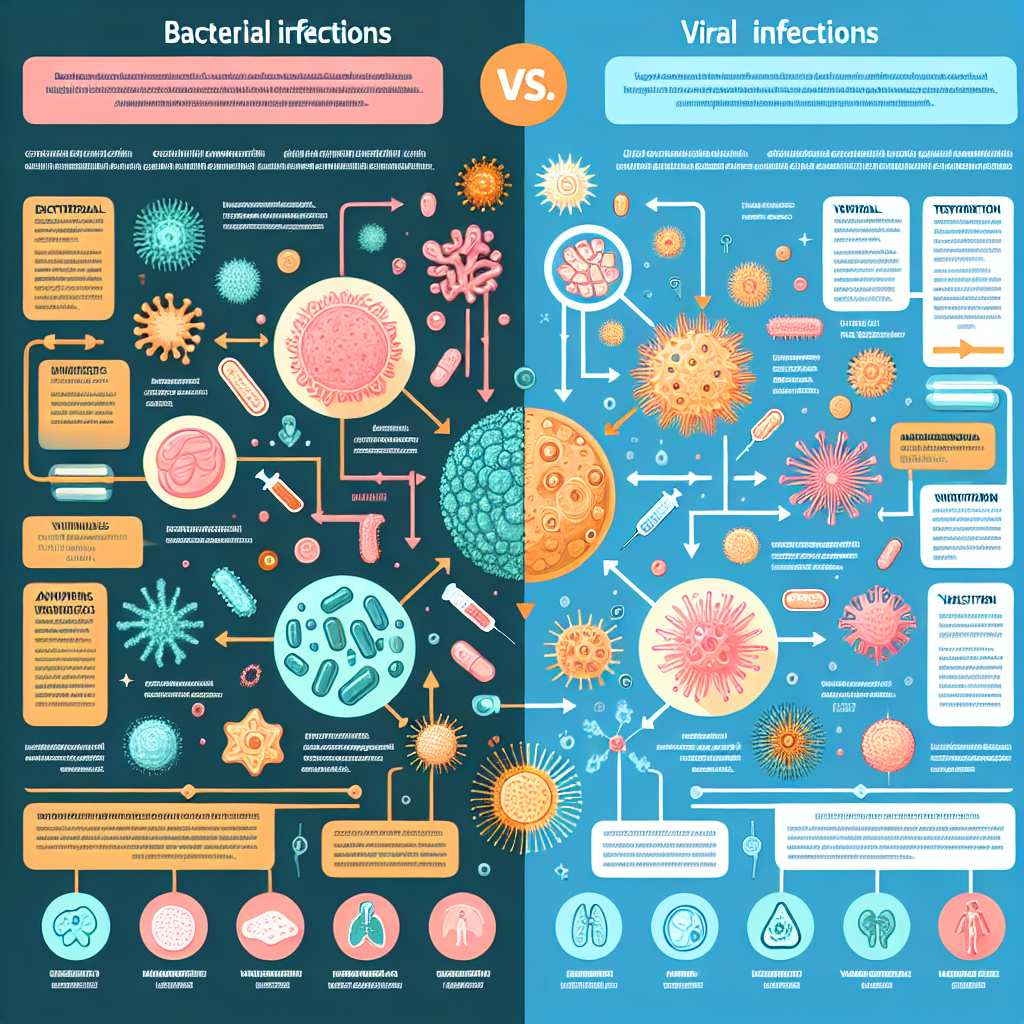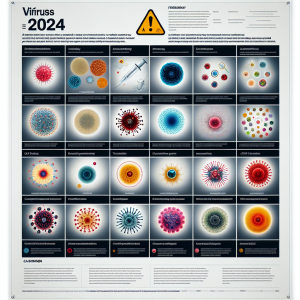Latest research on virus transmission
As we progress further into 2023, the study of virus transmission remains a crucial area of research, particularly in light of recent global health crises. Understanding how viruses spread among populations can inform public health responses, improve vaccine efficacy, and shape community health practices. This article delves into the latest findings on virus transmission mechanisms, advancements in tracking methods, the role of environmental factors, and the implications for public health policies.
Understanding the Mechanisms of Virus Transmission in 2023
Recent studies have enhanced our understanding of the multifaceted mechanisms by which viruses are transmitted. Notably, research has focused on the role of aerosols, fomites, and direct contact in spreading pathogens. For instance, the emergence of variants and their distinct transmission dynamics highlight the importance of genetic factors in viral behavior. Furthermore, the concept of super-spreaders has gained traction, illustrating how certain individuals can disproportionately contribute to outbreaks.
Additionally, advancements in molecular biology have enabled scientists to analyze viral load in respiratory secretions and its correlation with infectiousness. A higher viral load is often linked to increased transmission risk, prompting researchers to explore biomarkers that may predict contagion. These findings underscore the need for continuous genomic surveillance to detect emerging threats and adapt health measures accordingly.
Moreover, the interplay between host factors, such as immunity and underlying health conditions, significantly influences transmission dynamics. Current research emphasizes the importance of studying immune response variations among different demographics, which can lead to targeted interventions. Understanding these mechanisms is critical for developing effective vaccines and therapeutic strategies that can mitigate the spread of viruses in communities.
Recent Advances in Tracking Virus Spread Among Populations
Innovative technologies have transformed our ability to track virus transmission in real-time. Geographic Information Systems (GIS) and mobile health applications are now being used to map outbreaks with remarkable precision. These tools allow public health officials to visualize data on infection rates relative to population density and demographic factors, informing targeted interventions and resource allocation.
Furthermore, advances in genomic epidemiology have revolutionized how we monitor viral evolution and transmission pathways. Whole-genome sequencing enables researchers to pinpoint the origins of outbreaks and trace transmission chains. This approach not only aids in understanding how viruses spread but also informs public health strategies, as it can reveal vulnerabilities in existing control measures.
Mobile contact tracing applications have also emerged as vital tools in monitoring virus transmission. By utilizing Bluetooth technology, these apps can anonymously record interactions between individuals, alerting users of potential exposure. While privacy concerns remain, the efficacy of such applications in curbing transmission has shown promise, particularly in densely populated areas. The integration of these technologies into public health frameworks may revolutionize our response to future pandemics.
Environmental Factors Influencing Virus Transmission Rates
A growing body of research highlights the significant impact of environmental factors on virus transmission rates. Temperature, humidity, and air quality have been shown to influence viral stability and human susceptibility. For instance, studies have indicated that certain viruses thrive in specific temperature and humidity ranges, which can inform seasonal public health strategies.
Moreover, the urban environment plays a critical role in virus spread. Densely populated areas with high foot traffic can facilitate rapid transmission, particularly when public spaces are overcrowded. Recent studies have employed spatial analysis to examine how urban design may mitigate or exacerbate the spread of infectious diseases, emphasizing the need for urban planning that considers health outcomes.
Lastly, the role of social behavior in relation to environmental context cannot be overlooked. Factors such as public transportation usage, community gatherings, and local cultural practices can significantly influence transmission dynamics. Understanding these contextual variables can help tailor public health messaging and interventions to specific communities, ultimately leading to more effective disease control strategies.
Implications of Research Findings for Public Health Policies
The insights gained from recent research on virus transmission have profound implications for public health policies. Policymakers are increasingly relying on data-driven approaches to make informed decisions regarding social restrictions, vaccination campaigns, and resource allocation. By understanding transmission dynamics and the factors influencing them, public health officials can implement targeted interventions that are both efficient and effective.
Moreover, integrating technological advancements into public health infrastructure has become paramount. The use of real-time data analytics allows for adaptive responses to changing transmission patterns, ensuring that resources are directed where they are most needed. This dynamic approach can bolster public confidence in health authorities, particularly during times of crisis.
Lastly, fostering collaboration between researchers, public health officials, and the community is essential for translating scientific knowledge into practice. Engaging the public in health initiatives and promoting awareness of transmission mechanisms can empower individuals to take proactive steps in protecting themselves and their communities. As we continue to navigate the complexities of virus transmission, a united effort will be crucial in safeguarding public health.
In conclusion, the latest research on virus transmission in 2023 underscores the importance of understanding the intricate mechanisms and influencing factors behind the spread of infectious diseases. With advancements in tracking technologies and a deeper comprehension of environmental impacts, public health policies can be more effectively tailored to meet the challenges posed by viruses. By fostering collaboration and utilizing scientific insights, we can enhance our preparedness for future public health crises and improve outcomes for communities worldwide.
For further reading, explore the following external links:
- World Health Organization – Virus Transmission
- Nature – Virus Transmission Dynamics
- Centers for Disease Control and Prevention – How COVID-19 Spreads
Additionally, for more insights, you may visit relevant internal links:
- Understanding Virus Variants
- Public Health Strategies
- Urban Planning and Health
- Genomic Epidemiology
- Contact Tracing Technologies
Top hand sanitizers for virus protectionSeasonal flu vaccine effectivenessHow to improve indoor air quality against virusesRelevant LinkRelevant LinkRelevant Link













